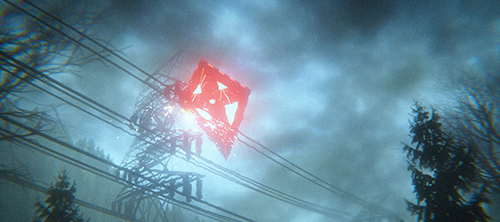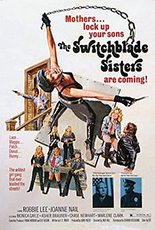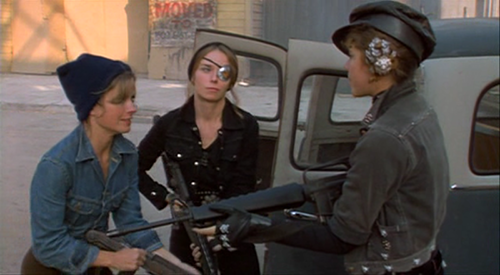
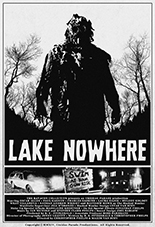 As staged by the New York-based Ravacon Collective, Lake Nowhere replicates the all-but-lost experience of watching horror movies on VHS — in particular, slashers whose three-digit rental counts show in an image quality so degraded, your VCR’s tracking buttons were of little use. It was a magical time; you had to be there.
As staged by the New York-based Ravacon Collective, Lake Nowhere replicates the all-but-lost experience of watching horror movies on VHS — in particular, slashers whose three-digit rental counts show in an image quality so degraded, your VCR’s tracking buttons were of little use. It was a magical time; you had to be there.
Like a lo-fi Grindhouse, the film begins with a pair of fake trailers for the giallo Quando Il Fiume Scorra Rosso! (When the River Runs Red!) and the eco-terror/SF hybrid Harvest Man; sandwiched in between is a beer commercial so very ’80s, it’s more convincing than the short on either side.
From there, it’s on to the feature presentation, Welcome to Lake Nowhere. Shot in six days in the tiny town of Edinburg, its setup is practically pulled from a studio template: A group of young men and women go to a cabin for the weekend; regret follows. The only difference is this isn’t made by studio suits for financial gain, but artists for the shared love of being creative; therefore, we get an original take on well-trodden territory.
What that means is in addition to tits, there’s penis.
The “kids,” so to speak, aren’t your standard lineup of brand-name jocks and cheerleaders; they’re the thrift-store hipsters who avoided jocks and cheerleaders. One of them even looks like Doug Kenney’s Stork from Animal House. Together they chop wood, play games, smoke pot, fuck and die, so some things never change.
The death portion comes at the hands and blade of whom the credits call the Masked Maniac. Being fashioned from tree bark, his mask is folk horror-friendly, but his actions may not be as by-the-numbers as your everyday slasher villain, and same goes for your “final girl.” Co-directors Christopher Phelps and Maxim Van Scoy cannily upend expectations in a compact 50 minutes. Within such a short amount a time, Lake Nowhere may be one turn too clever, effectively getting high on its own supply, but at least our host is gracious enough to share a hit. —Rod Lott

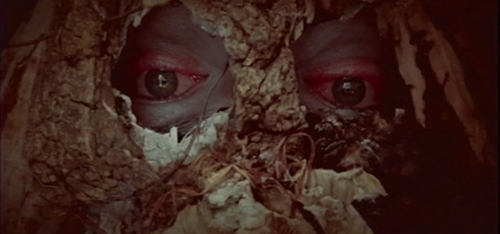

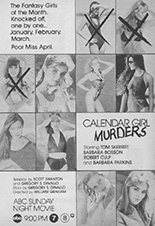
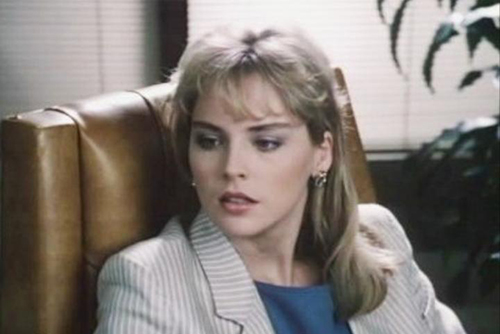
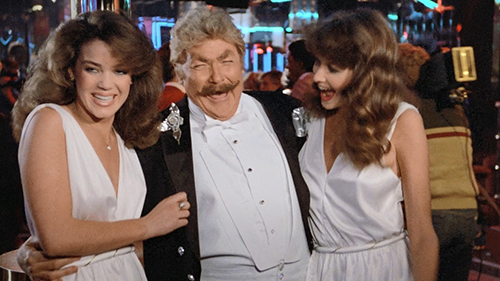

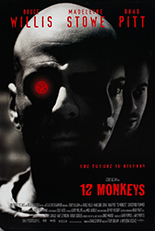
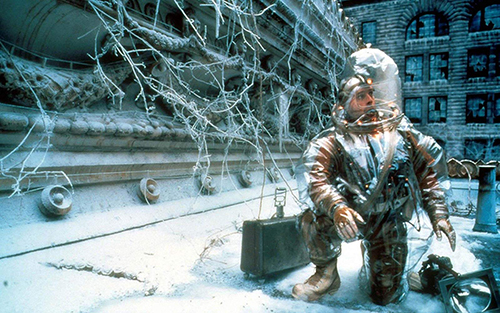

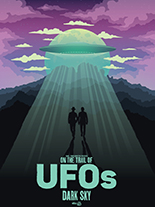 With his Small Town Monsters label, Seth Breedlove has, well, bred a cottage industry of documentaries on all things cryptozoological and/or mythological. After features on Bigfoot and
With his Small Town Monsters label, Seth Breedlove has, well, bred a cottage industry of documentaries on all things cryptozoological and/or mythological. After features on Bigfoot and 